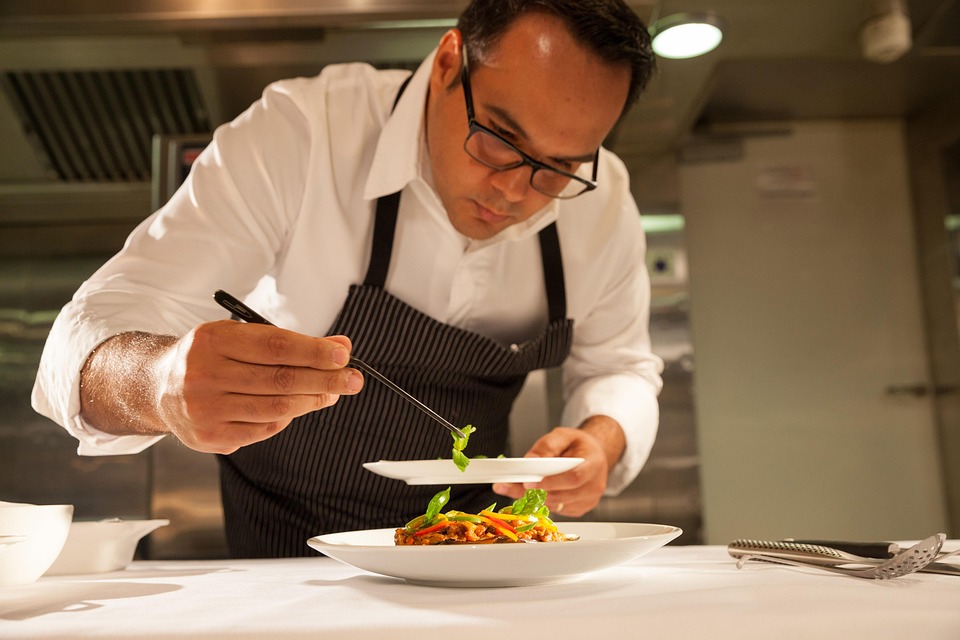The Michelin Star Journey: From Simple Dishes to Culinary Excellence
The world of gastronomy is not just about sustenance; it’s an art form, a cultural expression, and a tremendous journey of passion and dedication. One of the most prestigious accolades in this realm is the Michelin Star—a symbol of culinary excellence awarded by the esteemed Michelin Guide. But how did this iconic recognition come to be, and what does it signify in the culinary landscape?
The Origins of the Michelin Guide
The Michelin Guide was born in 1900, created by Édouard and André Michelin, brothers and tire manufacturers, as a means to encourage travel and, consequently, increase tire sales. Initially, the guide featured practical information for motorists, such as maps, garages, and places to eat. However, as the years progressed, it began to focus more on restaurants and the overall dining experience.
The pivotal change came in 1926, when the Michelin Guide started awarding stars to restaurants, marking the beginning of its reputation as a benchmark for culinary excellence. The star system, which consists of one to three stars, was designed to signify the quality and refinement of a restaurant’s offerings.
Understanding the Star System
- One Star: A "very good" restaurant in its category, recognized for quality cooking.
- Two Stars: "Excellent cooking that is worth a detour," indicating exceptional dishes and a well-kept establishment.
- Three Stars: “Exceptional cuisine that is worth a special journey,” representing the pinnacle of culinary skill and creativity, where the dining experience transcends mere food.
The rarity of achieving even a single star speaks volumes to the dedication, skill, and innovation required to gain Michelin’s approval. With thousands of restaurants reviewed annually, the competition is fierce, and the standards are notoriously high.
The Journey from Simple Dishes to Culinary Mastery
At its core, the Michelin Star journey is about evolution. Many chefs start their careers in humble kitchens, often honing their skills and mastering the basics through rigorous training and hands-on experience. This foundational knowledge—understanding flavors, techniques, and sourcing quality ingredients—forms the bedrock for culinary innovation.
As chefs progress, they may work under established chefs, absorbing techniques and philosophies that will shape their own culinary identities. Some may choose to blend traditional techniques with modern practices, while others may draw inspiration from local culture, new ingredients, and seasonal changes.
A Focus on Quality and Detail
To achieve Michelin-star status, a relentless focus on quality and detail is crucial. Every dish must reflect the chef’s commitment to culinary artistry—from sourcing the freshest ingredients to meticulous plating. Seasonality takes center stage here; chefs often craft menus that celebrate what is available at different times of the year, ensuring that every bite encapsulates the essence of the season.
Innovation and Creativity
Innovation is the lifeblood of Michelin-starred cuisine. Chefs are encouraged to push boundaries, experimenting with flavors, techniques, and even presentation. This drive for creativity often leads to unique culinary experiences that captivate diners and elevate the dining experience.
Through collaborations, travel, and continual learning, chefs stay on the cutting edge of culinary trends. They often participate in food festivals, attend workshops, or even study under other Michelin-starred chefs to gain new perspectives and insights.
The Impact of Michelin Stars on the Culinary World
Achieving a Michelin Star can be transformative, not just for the chef but for the restaurant and its entire team. It often leads to increased visibility, higher demands for reservations, and enhanced menus. Diners seek out Michelin-starred restaurants, adding prestige to the chef’s career and motivating their teams to strive for excellence.
Moreover, a Michelin Star can also catalyze community pride. In cities or regions recognized by the guide, local cuisine gains international attention, driving tourism and strengthening local economies. Conversely, the pressure to maintain a star can be daunting; many chefs find themselves in an ongoing quest to elevate their cuisine and retain their status.
Conclusion
The Michelin Star journey is one of transformation, dedication, and passion. From the simplest of dishes to the heights of culinary excellence, each step along the path is a testament to hard work, creativity, and an unwavering commitment to quality. As more chefs continue to embark on this remarkable journey, the culinary world is enriched, offering diners new experiences and flavors that celebrate not just food, but the transformative power of culinary art. The Michelin Star remains a shining symbol of excellence, inspiring chefs to pursue their dreams and redefine what is possible in the kitchen.



